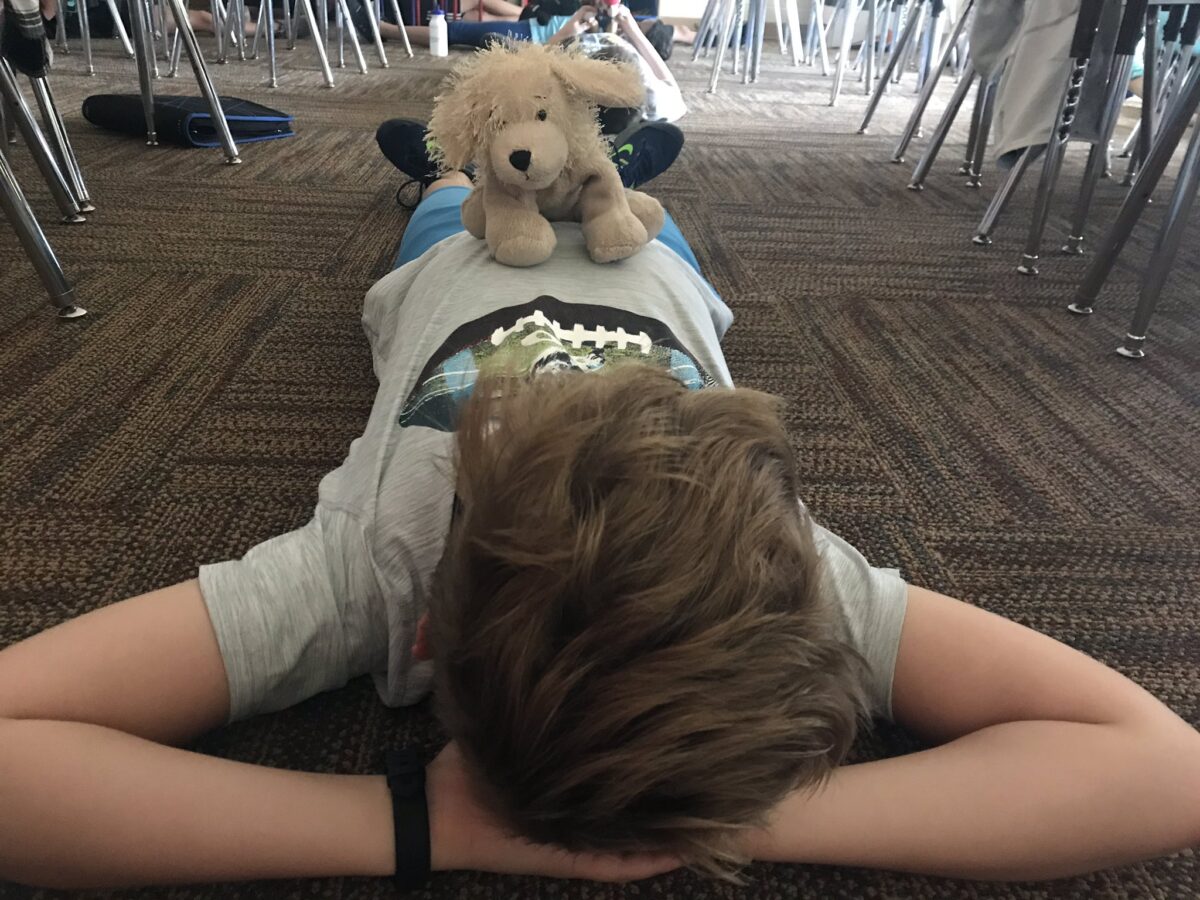Every time I think I have my head wrapped around what is happening in our country right now, it seems things change. Every minute of every day seems to bring a new directive or set of guidelines. No matter how resilient a person you are, there’s a good chance all the uncertainty has you a little anxious.
This is also true for our students and children. So how do we know when children are stressed or anxious? The CDC has shared some signs to look for in children:
- Excessive crying or irritation in younger children
- Returning to behaviors they have outgrown (for example, toileting accidents or bedwetting)
- Excessive worry or sadness
- Unhealthy eating or sleeping habits
- Irritability and “acting out” behaviors in teens
- Poor school performance or avoiding school
- Difficulty with attention and concentration
- Avoidance of activities enjoyed in the past
- Unexplained headaches or body pain
- Use of alcohol, tobacco, or other drugs
They also shared a few ways to help your child if they are feeling stressed or anxious:
- Take time to talk with your child or teen about the COVID-19 outbreak. Answer questions and share facts about COVID-19 in a way that your child or teen can understand.
- Reassure your child or teen that they are safe. Let them know it is ok if they feel upset. Share with them how you deal with your own stress so that they can learn how to cope from you.
- Limit your family’s exposure to news coverage of the event, including social media. Children may misinterpret what they hear and can be frightened about something they do not understand.
- Try to keep up with regular routines. If schools are closed, create a schedule for learning activities and relaxing or fun activities.
- Be a role model. Take breaks, get plenty of sleep, exercise, and eat well. Connect with your friends and family members.
That last point is so important. Be a role model. Children are going to learn from our lead. More is caught than taught, and that is especially true during difficult times.

